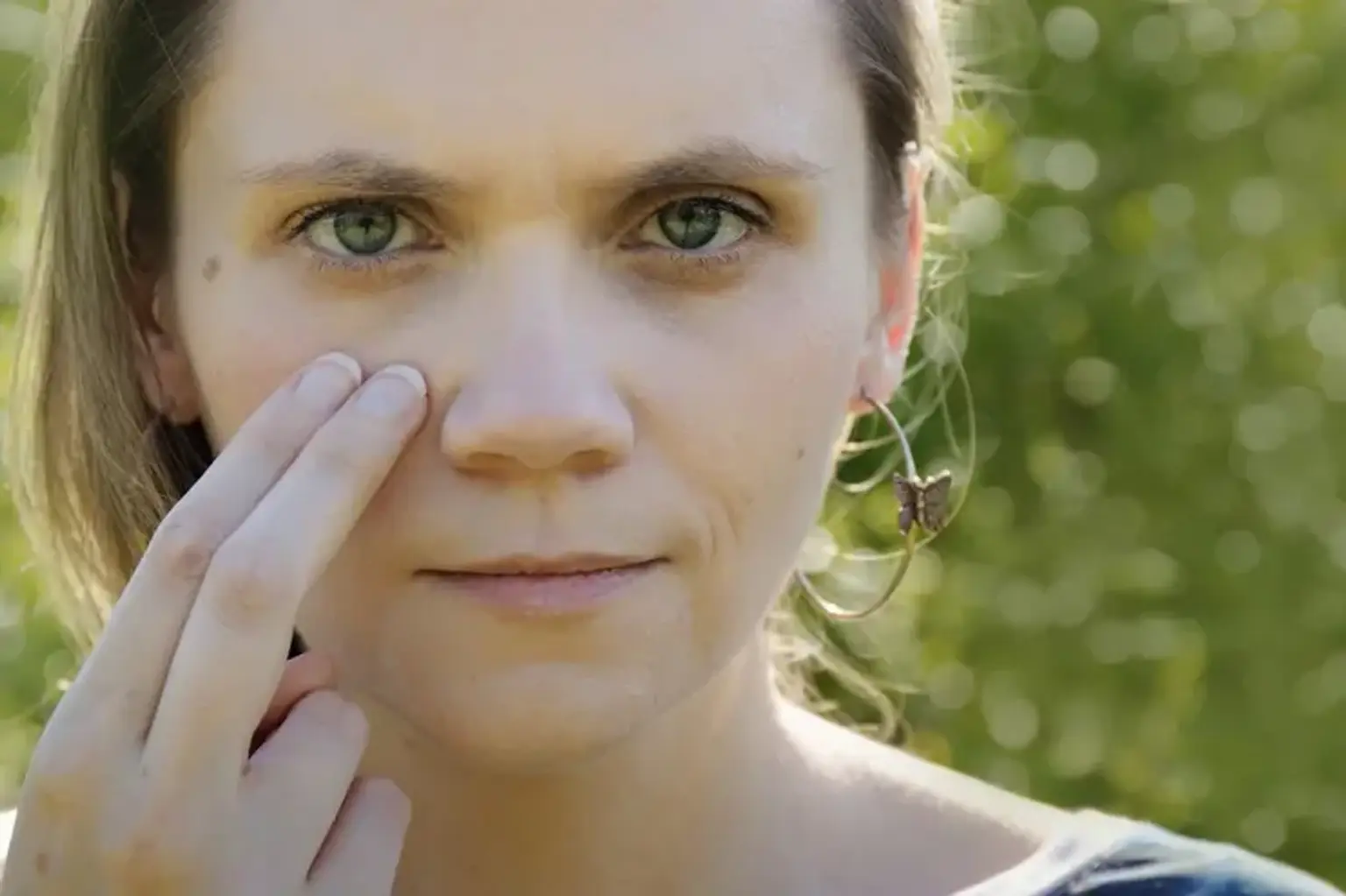Ocular Motility Disturbances
Overview
Each eyeball is movable under the direction of six muscles. Some of the fastest and best-controlled skeletal muscles in the human body are those in the eyes. The muscles attach the eye socket to the eyeball's surface. To rotate the eyeball up, down, and side to side, the muscles contract and pull in pairs; some of these muscles also gently rotate the pupil.
Ocular motility and neuro-ophthalmology, which analyzes diseases of the nerves that link the eyes to the brain, are closely related fields of research. Disorders of the neuro-ophthalmologic system may also result in malfunctioning of the neural networks that direct and connect vision and eye movement.
Three nerves transmitting messages from the brain to the muscles allow the brain to regulate voluntary and involuntary eye movements. The majority of the muscles are controlled by the oculomotor nerve, followed by the trochlear nerve, which also controls the superior oblique muscle, and the abducens nerve, which controls the lateral rectus muscle. The dysfunction of these three nerves can affect the eye, pupil, optic nerve, extraocular muscles, and associated nerves.
